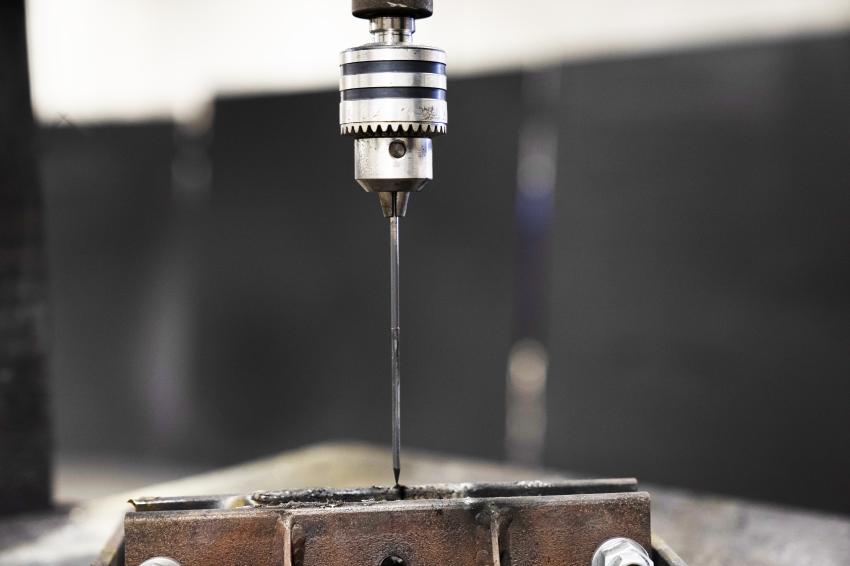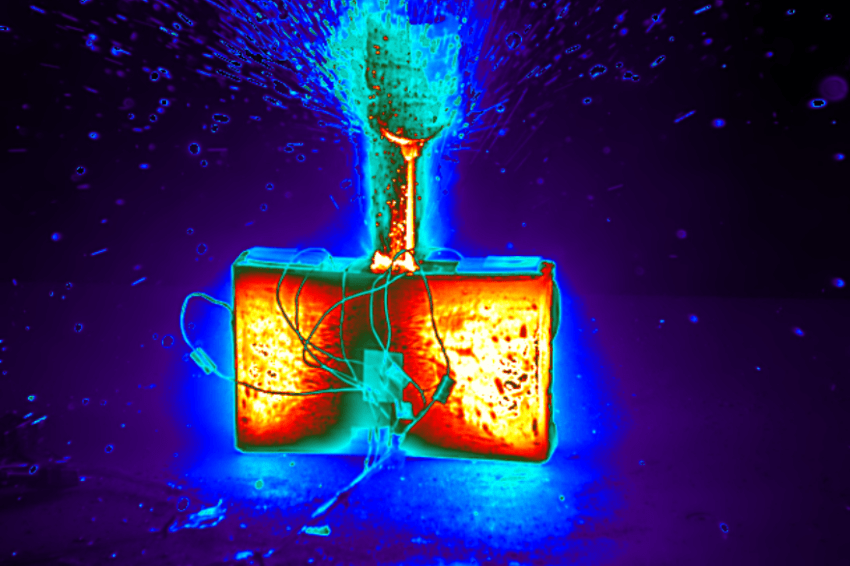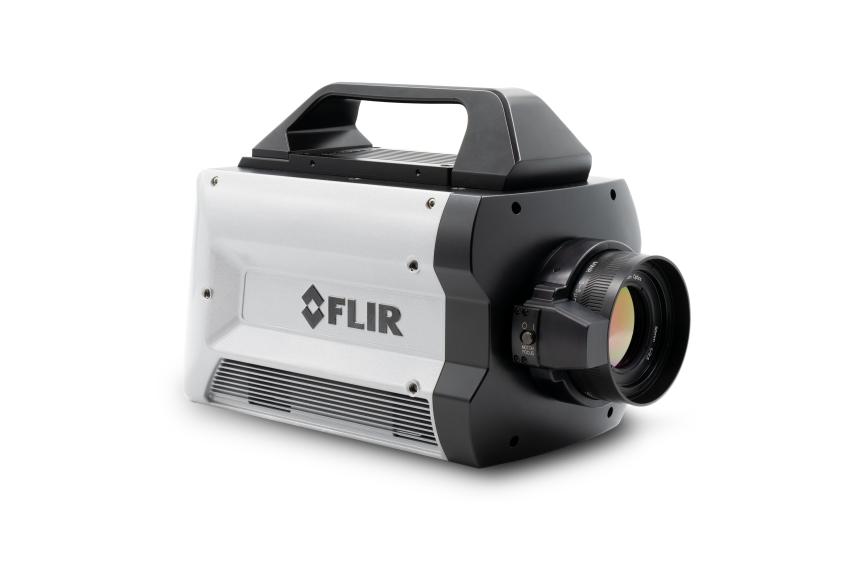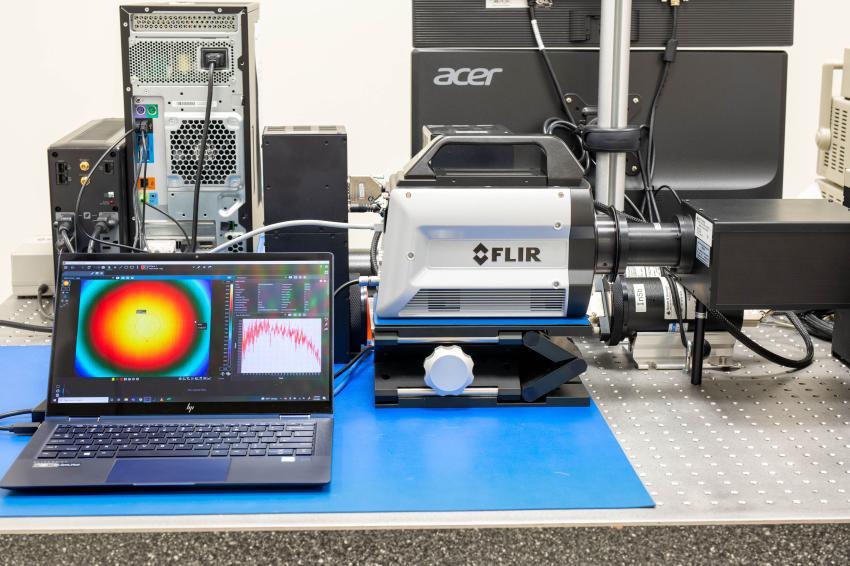High-speed Thermal Imaging for Abusive Battery Testing
Infrared cameras in electromobility
The Battery Innovation Center (BIC), based in Newberry, Indiana, is a nonprofit organization focused on the rapid development, testing, validation and commercialization of safe, reliable and lightweight battery packs. Part of their testing process involves extensive abusive testing, exposing energy storage devices to worst-case scenarios to identify and address resulting safety issues. To collect as much data as possible from these tests, BIC uses a Teledyne Flir high-speed thermal imaging camera. Ben Wrightsman, president and CEO of BIC, explains, "Testing is absolutely critical." That's because the demands that a battery must meet have increased in recent years. As technology therefore continues to evolve, testing for performance and safety is also becoming increasingly important.
Accidents happen with battery electric vehicles
Accidents inevitably happen. And when they do, it's important to know how the batteries react when they catch fire, how quickly and how likely they are to set fire to surrounding materials as well. "We're replicating the worst-case scenario so we can collect that data and then know what to expect," Gordon explains. BIC's high-speed thermal imaging camera, acquired toward the end of 2020, has become key to data collection.
The limitations of thermocouples
"Before we had a thermal imager, it was pretty much bulk thermocouples and more general IR devices," says Dr. James Fleetwood, research director at BIC. Thermocouples, low-cost temperature sensors made of two different wires, are commonly used in industry to measure temperature. However, they come with a number of limitations, particularly for the type of testing performed at BIC.
The main disadvantage of thermocouples is that they can only measure one point at a time. "If I only use the thermocouple, I have a contact point temperature measurement. That means it's going to read just right in that one position," explains Rodney Kidd, laboratory technician at BIC.
Thermocouple placement is also subject to a pre-assumption. "It's self-fulfilling feedback," Fleetwood says. "You don't really know where the hot spots are. You only have measurements that go along with where you think they are."
Abusive tests to simulate short circuits
One of the abusive tests that batteries undergo is nail penetration, which simulates a short circuit and can cause the battery to overheat and catch fire or even explode. "If we're doing a nail pin test and you're limited to just thermocouples, you'd really have to put a thousand thermocouples on the front of that cell to get an accurate understanding of the temperature profile that's going to come out throughout the cell," Kidd says.
Understanding how the short circuit and spreading heat causes gases to accumulate, where those gases and other cell materials are ejected - and how hot they are - is important to engineers designing batteries. "We're not always going to be able to stop the fire," Kidd explains, "but we can mitigate the damage and the extent of it and get it into safe channels." "That was something we couldn't capture before with just thermocouples and regular IR cameras," Kidd says. Although they could see debris coming out, the material cooled immediately when it reached the atmosphere. "With the high-speed camera," he explains, "I can slow that down and catch this material coming out sometimes above 5, 6, 700 °C and then at even higher temperatures."
Thermal imaging cameras show the big picture
Unlike thermocouples, which must be placed directly on site to collect temperature data, the thermal imaging camera provides simultaneous data on every point on the surface. "It gives a big overall picture," Gordon says, "and it obviously collects a lot more data points that can help with analysis and help us develop the next test we want to run."
With the thermal imaging camera, engineers can easily see not only what's happening outside the battery when it's subjected to an abusive test, but also what's happening inside and how the heat is progressing. "We can immediately see how the temperature is propagating, and we can immediately see if we're getting hotspots, even if we don't have a thermocouple at that location," Gordon continues.
The result is that thermal imaging provides much more information than just pass/fail certification. "This thermal profile tells you much more about how the thermal management system is performing than just a statement about whether or not the system is on fire," Fleetwood says.
Author
Joachim Templin, Sales Manager R&D/Science & Automation at Teledyne Flir










